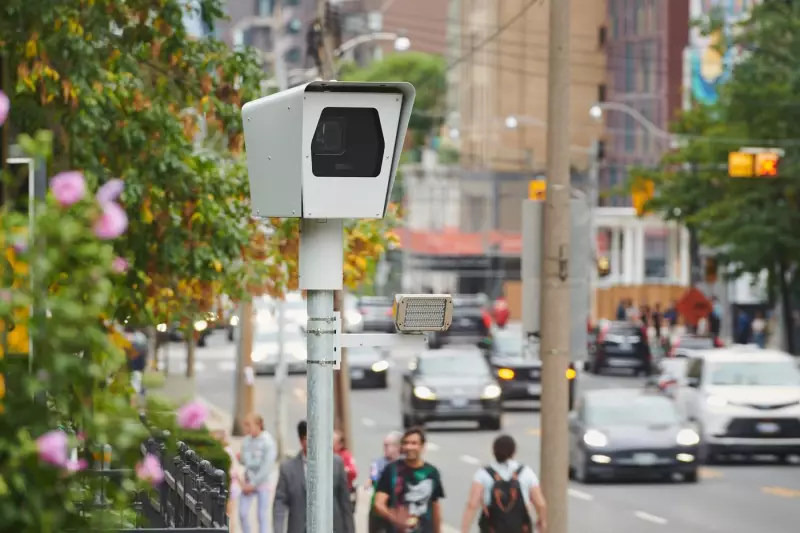
The Ontario government has shifted gears on municipal traffic enforcement, passing legislation that prohibits cities and towns from using automated speed cameras to catch speeding drivers.
The controversial bill, championed by Premier Doug Ford's government, effectively removes a key tool that municipalities have used to monitor and enforce speed limits in community safety zones and school areas.
Municipal Powers Curtailed
Under the new legislation, local governments across Ontario will no longer have the authority to deploy these automated systems. This represents a significant rollback of municipal powers when it comes to traffic management and road safety initiatives.
Proponents of the bill argue that speed cameras have been used more as revenue generators than genuine safety tools. They claim municipalities have been setting up cameras in areas with artificially low speed limits to maximize ticket revenue rather than improve safety.
Road Safety Debate Intensifies
The decision has ignited a heated debate among policymakers, safety advocates, and municipal leaders. Supporters of automated enforcement point to studies showing that speed cameras effectively reduce speeding and prevent accidents in high-risk areas.
Opponents counter that the cameras represent an overreach of enforcement and question whether they truly improve road safety or simply punish drivers for minor infractions.
What This Means for Ontario Drivers
With the ban now in effect, Ontario drivers will no longer face automated speed camera tickets from municipal systems. Traditional enforcement methods, including police radar and laser speed detection, will remain in place.
The legislation marks a significant policy shift in how traffic safety is managed across the province, centralizing more control at the provincial level while limiting municipal autonomy in traffic enforcement decisions.





